Baji Rao (1720-40) and His Conquests:
After the death of Balaji Vishwanath in 1720, his son Baji Rao became the new Peshwa. The Nizam challenged the Marathas their right to collect ‘Chauth and Sardeshmukhi’ from the Mughal provinces. Baji Rao took up the challenge. He was a great soldier and a statesman. He was the greatest of the Peshwas. He not only succeeded in consolidating the Maratha power in the Deccan but also greatly extended it. He even entertained the idea of an all-India Maratha empire called Hindi Pad Badshahi.
He defeated the Nizam and established Maratha Supremacy in the Deccan. He was a great diplomat and strategist. He then conquered Gujarat, Malwa etc. Bundelkhand was included in the Mughal governorship of Allahabad. Baji Rao helped Bundela leader Chhatrasal and retrieved all territories from the Mughals. He got Kalpi, Saugar, Jhansi, Hirdenagar etc. In 1737, Baji Rao made one of his boldest attempts. He crossed the river Jamuna and appeared before the very gates of Delhi. The Mughal emperor, Mohammad Shah Rangila was panic-stricken and called Nizamul Mulk from Deccan for help. Baji Rao completely routed him near Bhopal in January 1738. He proved himself a great general. He also defeated the Portuguese and conquered Salesette and Bassein from them. Baji Rao proved a great statesman when he gathered together the different Maratha chiefs and organized a Maratha confederacy. The different members of this confederacy were:
- Raghoji Bhonsale of Nagpur.
- Pillaji Gaekwar of Baroda.
- Malhar Rao Holkar of Indore.
- Ranoji Scindia of Gwalior, successor of this state is still taking part in politics.
- Peshwa was the head of the confederacy. In 1740, Baji Rao died and with him passed away one of the greatest generals and statesman of the Marathas. He stands “next only to Shivaji in Military and Diplomatic genius”- Sardesai and Dr. Srivastava. He had a brain to make plans and two hands and means to execute them.


![Montagu Declaration or August Declaration [1917] 3 August Declaration-1917](https://gkscientist.com/wp-content/uploads/2020/10/August-Declaration-1917-350x200.jpg)
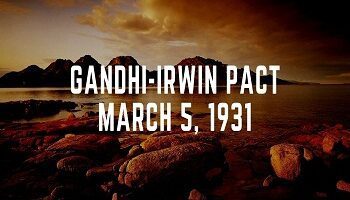
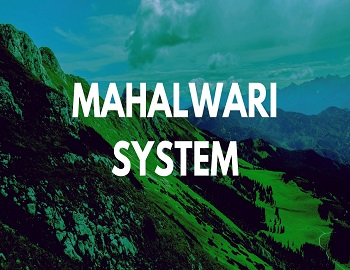

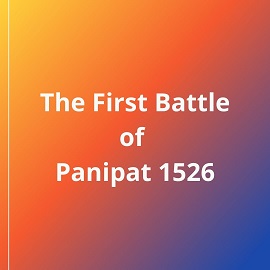
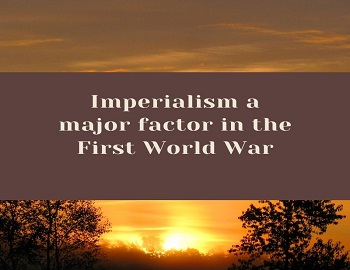
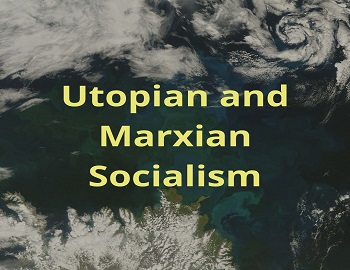
Comments (No)